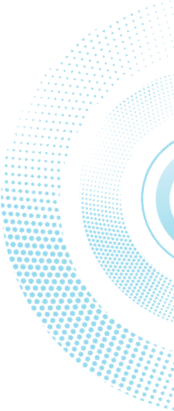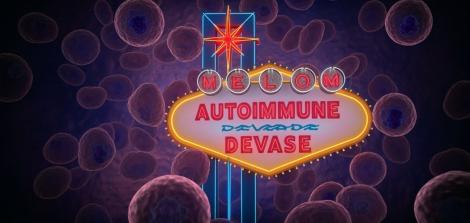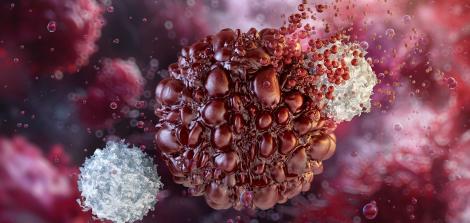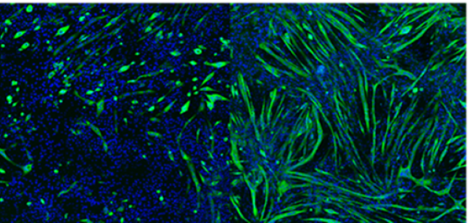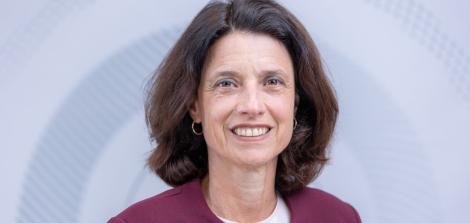Scientists Find the “Master Key” That May Halt Autoimmune Diseases

An interview with Prof. Arie-Lev Gruzman from the Dangoor Center for Personalized Medicine and the Department of Chemistry at Bar-Ilan University, who has developed a substance that may treat 300 autoimmune diseases with no side effects.
A single medication could treat many well-known diseases in which the body attacks itself—such as multiple sclerosis, Crohn’s disease, arthritis, juvenile diabetes, and nearly 300 other autoimmune conditions—without side effects. That is the conclusion of Professor Arie-Lev Gruzman from the Dangoor Center for Personalized Medicine at Bar-Ilan University.
He and his research partners have succeeded in proving the existence of a molecule that does exactly that: it closes a single “gate” in the immune system that opens only during an autoimmune attack, while leaving all of the body’s other defenses active against cancer, viruses, and bacteria. The research results are astounding, yet the project is at a standstill: the war halted its funding stream, and $12 million is now needed to push it forward to patients.
Autoimmune diseases affect all populations and all ages. There are hundreds of such diseases, some of them very common and well-known, including juvenile diabetes and fatty liver disease. “When we say autoimmune, it really means we don’t know what is happening in our immune system. It has some kind of bug, some sort of error, and it decides that something in our own body is a foreign element that must be destroyed,” Prof. Gruzman explains.
In juvenile diabetes, the immune system attacks the beta cells that produce insulin; in multiple sclerosis, it attacks the nerve coating. “And we can’t fix that. We can’t turn the wheel back, so we treat the symptoms.”
Today, there are effective medications against autoimmune diseases, such as biological drugs and steroid hormones, but they come with major downsides. “The side effects of steroids are simply terrible,” Prof. Gruzman says. This is where the innovative compound he developed enters the picture.
“A person shows up at the emergency room with a Crohn’s flare, intestinal bleeding, or an arthritis attack,” Prof. Gruzman says, describing a possible future. “They receive an injection of our drug, and four days later all the symptoms disappear, and they can function normally. How? Because we have essentially stopped the white blood cells from moving from the bloodstream into the sick tissues, preventing the acute disease.”
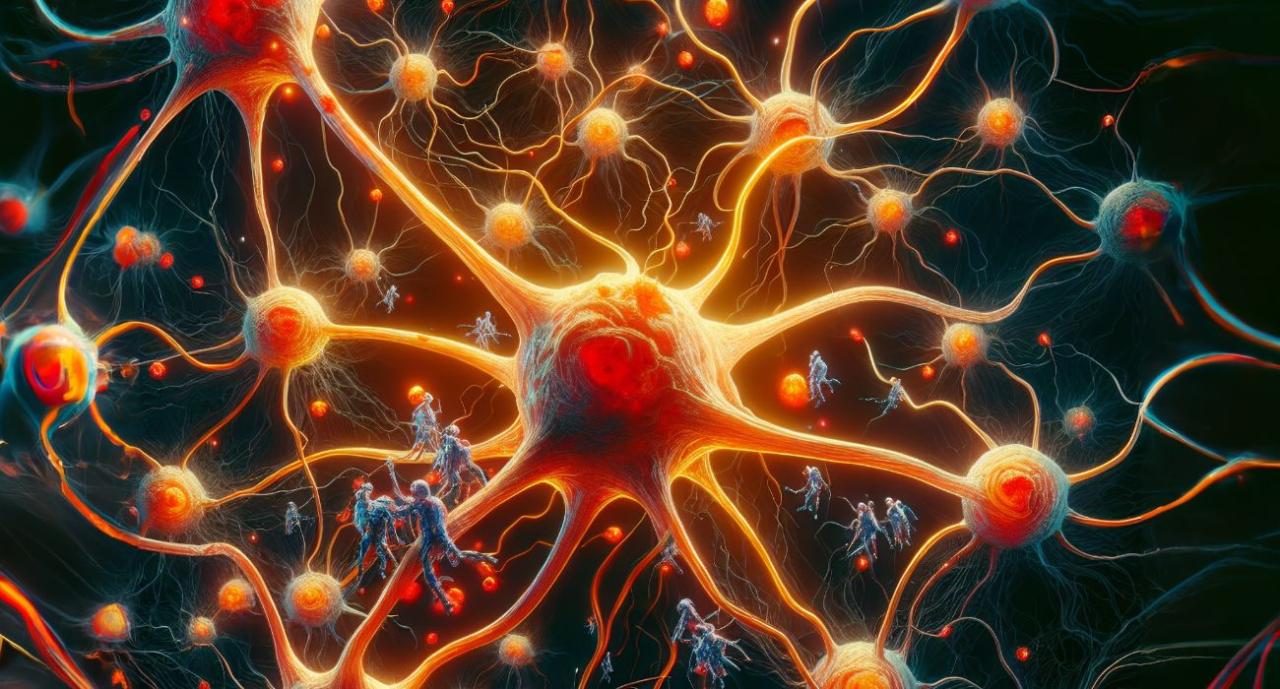 Autoimmune diseases affect all populations and all ages. There are hundreds of such diseases. Photo credit: Shutterstock
Autoimmune diseases affect all populations and all ages. There are hundreds of such diseases. Photo credit: Shutterstock
Even for someone who isn’t experiencing an immediate attack, the compound can be very helpful. “If a person with advanced fatty liver disease receives the compound, the progression of the disease will slow down. Because the liver has the ability to regenerate very quickly, if we stop it from killing its own cells, those cells know how to multiply and make up for what is missing, and the liver will heal.”
But not all diseases can be fully cured. “In the brain, for example, once we lose neurons, they do not know how to regenerate. And there’s nothing we can do.”
Blocking the Pathway
“We began this project based on the basic phenomenon shared by every autoimmune disease,” Prof. Gruzman says regarding the studies published in 2019 and 2021 on the molecule GT-73. “Immune cells—white blood cells—leave the bloodstream and reach the site of action. For example, in Type 1 diabetes, they reach the pancreas, reach the beta cells, and kill them.”
But for the white blood cells to leave the blood and reach the pancreas, they must navigate a complicated route, “almost like crossing the Himalayas.” “They need to exit the bloodstream, penetrate the blood vessel wall, reach the tissue, move through the tissue, and reach the beta cells. A very serious route that is common to all these diseases.”
The strategy chosen by Prof. Gruzman and his team is to prevent leukocytes (white blood cells) from leaving the bloodstream. “To place a barrier at the entrance to the Himalayas,” he simplifies. “They have a pathway they use to leave the blood vessels, and we close off the entrance to that pathway. We close the gate using small molecules.”
This gate is controlled by a protein called PECAM-1. “This protein lives in solitude, like an older bachelor,” Prof. Gruzman explains with a smile. “It circulates in the blood and is found in the walls of blood vessels and also in the white blood cells. On its own.”
“But then the cytokine arrives—a molecule that delivers instructions to the white blood cells to leave the bloodstream and enter the tissue—and it tells the lonely protein: ‘Listen, we need to move the leukocytes from a specific spot in the blood into the tissue.’ To do that, the protein finds itself a partner, another PECAM-1, and together as a pair they are called a ‘dimer’. Once the two connect, they create a key that opens a gate in the endothelial walls, which is the part of the blood vessel through which the leukocyte enters.”
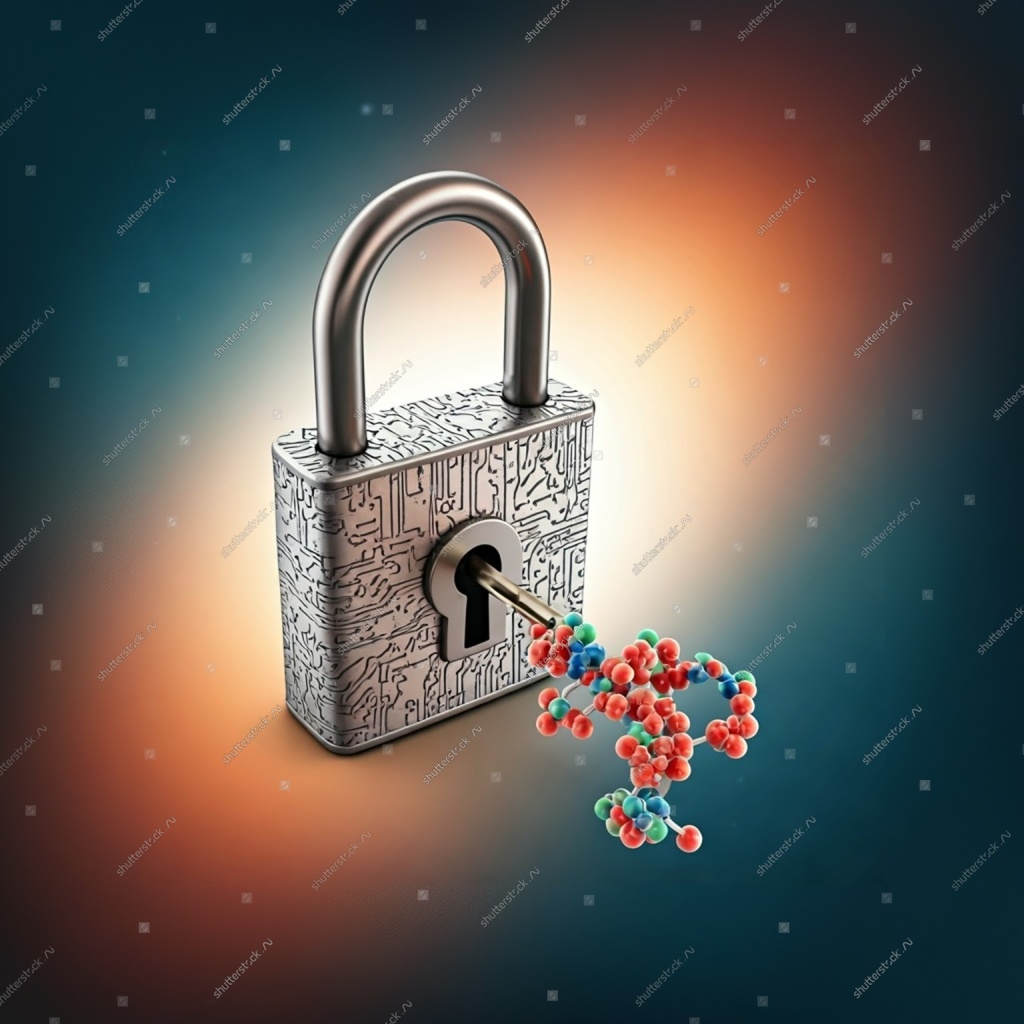 This is exactly what we do – we bind the key far from the door and prevent it from opening it. Photo credit: Shutterstock
This is exactly what we do – we bind the key far from the door and prevent it from opening it. Photo credit: Shutterstock
“Our molecule binds to that same dimer, meaning only to the activated form that is created when the two proteins join together,” Prof. Gruzman explains regarding the mechanism of action of GT-73. “When there is a pair, our molecule slips in between the two individual proteins and forms a covalent bond, which is a chemical bond between two atoms created when they share electrons.” The result is that this dimer can no longer function. “Once it is bound to our molecule, it can’t mediate the leukocyte’s entry into the tissue. It simply stops working.”
The analogy Prof. Gruzman gives makes it clear: “It’s as if we tied your house key to your car. You want to unlock your house, but the key is chained to the car with an iron chain, so how can you open the house? That’s exactly what we do: we bind the key somewhere far from the door and prevent it from opening it.”
Prof. Gruzman goes on, describing with excitement the ingenious aspect of the drug: it prevents only the autoimmune attack without harming the beneficial activity of the immune cells. “The gates to the tissue open only when there is a signal for an autoimmune attack. When we close those gates, the other gates are not affected. The leukocytes can still pass through to kill bacteria, viruses, and cancer cells, which is what they are supposed to do, but we have closed the gates that lead to the autoimmune attack. Our drug forms a covalent bond, which is a stable chemical bond, and in this way, we neutralize that key for a very long time.”
The compound also knows how to reach the precise spot on the protein and binds only there, without causing toxic effects. The result is remarkable. “If someone takes the drug and doesn’t have an autoimmune disease, it won’t do anything to them. For them, it’s like water.”
A Mix of Luck and Brilliance
The name GT-73 is not accidental. “GT are the initials of Dr. Tamar Gitter, an amazing and brilliant student of mine who synthesized this molecule and pushed it to such an advanced stage in drug development. She’s truly a genius,” Prof. Gruzman says with pride. “Tamar did her postdoctoral work in the United States, came back to Israel, and now works in the pharmaceutical industry here. And the number 73 is simply the number of the synthetic compound out of all the syntheses she carried out.”
 Prof. Arie-Lev Gruzman in the laboratory at Bar-Ilan. Photo credit: His personal archive
Prof. Arie-Lev Gruzman in the laboratory at Bar-Ilan. Photo credit: His personal archive
So how was this specific molecule discovered? “First of all, we were lucky,” Prof. Gruzman admits honestly. “We always work with the same template. We develop virtual drugs on the computer, we study the protein, and we know where the key needs to go in order to lock it. That part was done by our colleague in the Department of Chemistry, Prof. Hanoch Senderowitz. In the end, we chose fifteen molecules, synthesized them, and tested them in plates.” Then something amazing happened. “As early as the first test of three compounds, one of them showed an incredible effect—one hundred percent closure of those gates.”
It was a critical moment. “We said, well, if we already have a compound in plates that works this well at such a low concentration, we should move on to animals.” And they did, seeing both effectiveness and a lack of toxicity.
So what was the feeling in the lab when that happened? “The first experiment was done in four disease models: Crohn’s disease, multiple sclerosis, fatty liver disease, and arthritis. When we saw that the compound produced a therapeutic effect and wasn’t toxic in several models, we understood this was something amazing, and then we shouted ‘Eureka!’ It felt incredible.”
The project was carried out through truly international collaboration. “We started out as chemists, Tamar and I, and we had a partner, a biologist from Germany, who suddenly said, ‘I don’t want to work with you anymore, the project is over.’ He didn’t say it was because of Israel, but we understood.”
Prof. Gruzman didn’t give up. “I looked around and found Prof. Beat Imhof in Switzerland, the chair of the European Immunology Organization and an extraordinary man. He was retired from the University of Geneva, and his specialty is exactly this protein. His reaction was immediate: ‘I’ve never seen an effect like this in my life, it’s unbelievable. Your compound shuts down PECAM-1 and the leukocytes can’t escape from the blood. Let’s work together.’”
In the end, four critical groups took part: the medicinal chemistry lab, the computational chemistry lab (led by Prof. Hanoch Senderowitz at Bar-Ilan), the immunology biology lab in Switzerland, and an Israeli company called Science Action in Rehovot, which conducted biological testing in animals at its own expense.
October 7: When Science Hits Reality
The journey began in 2017 with a great deal of optimism, “but then we ran into all kinds of financial hurdles. We managed to set up one startup, then a second, but the combination of retreating companies, cautious private investors, the war, and rising anti-Israel sentiment brought the project to a halt.”
.jpg) Dr. Tamar Gitter, who synthesized the GT-73 molecule, which is named after her. Photo credit: her personal archive
Dr. Tamar Gitter, who synthesized the GT-73 molecule, which is named after her. Photo credit: her personal archive
The hardest blow came right after October 7, 2023. “A foreign company that had signed an agreement with us, licensed the patent, and was supposed to support us all the way to the clinical trials, suddenly told us they didn’t want to invest in Israeli companies because of image concerns.” Prof. Gruzman sums up years of frustration. “If we had secured the funding for clinical trials, we’d be in a completely different place today. We aren’t there. We raised quite a lot of money, we completed all the preclinical work, but now we need around twelve million dollars, and we simply can’t raise it.”
The reasons are complicated. “There’s an incredible breakthrough happening now in genetic therapies, and the drugs are extremely expensive. Governments are paying for them, they’re being added to national drug lists in developed countries, and pharmaceutical companies are going all in on that. Dozens of genetic drugs were approved this year, so no one is very eager to invest in something as old-fashioned as a small organic molecule,” Prof. Gruzman says with frustration.
Prof. Gruzman was born in Russia, grew up in a family of engineers, and from the age of five dreamed of becoming a doctor. “As a little kid, I imagined myself doing medical research and becoming a doctor,” he says. After two and a half years of medical school in Russia, the gates opened, and he immigrated to Israel in 1991. He was thrilled to discover he had been accepted to the undergraduate chemistry program at Bar-Ilan University. “I always dreamed of developing new medicines that could help people,” he says.
After completing his doctorate with distinction at the School of Pharmacy in Jerusalem, he went on to a postdoctoral fellowship at the University of California, San Francisco, where he studied the protein involved in the neurodegenerative disease ALS. Four years later, he returned to Israel and was accepted for a senior lecturer position at Bar-Ilan. “And to this day, thank God, here I am,” he smiles.
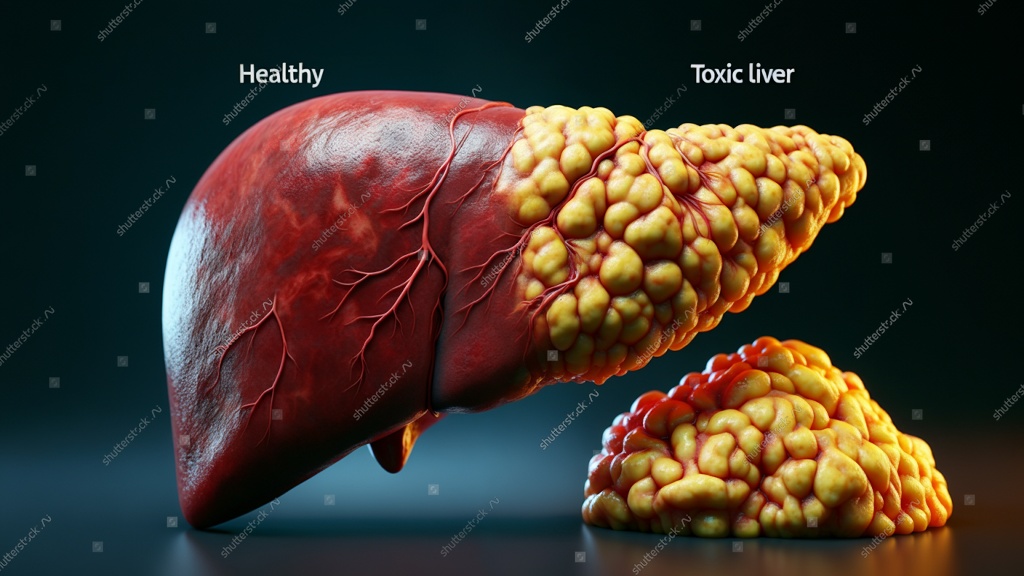 A healthy liver versus a diseased liver. “When we saw the compound work therapeutically in several models with no toxicity, we realized we’d found something remarkable.” Photo: Shutterstock
A healthy liver versus a diseased liver. “When we saw the compound work therapeutically in several models with no toxicity, we realized we’d found something remarkable.” Photo: Shutterstock
Organic chemistry is a very old discipline. “People were already working in this field back in the seventeenth century,” Prof. Gruzman explains, “but it’s the foundation for so many other things that can lead to breakthroughs in science today.” The problem, he says, is that science is increasingly driven by modern trends, and those who work in the classic fields are “sort of outsiders.”
“If you don’t invest in basic science—if you don’t train a new generation that understands what organic chemistry is and knows how to synthesize molecules—but then you demand cutting-edge, groundbreaking research, it’s never going to happen. It’s like producing the fabric for fashionable clothing. Give it one more generation, twenty years from now, and there may be no students left who know synthetic organic chemistry, which is the equivalent of fabric-making. So how will anyone sew new, contemporary clothes when no one knows how to create the fabric for them?”
The Vision: Happiness, Creativity, and Love
Despite the difficulties, Prof. Gruzman and his team have already chosen the two diseases they want to take into clinical trials: autoimmune fatty liver disease and Crohn’s disease. “We actually got approval before the war,” he says.
And why not multiple sclerosis? “Because there’s already a good treatment, and besides, it’s very hard to track neurological symptoms. So in the first stage, we wanted something simpler that works in the digestive system. You take the pill by mouth, it goes straight to the gut, and works there without having to worry about the compound spreading elsewhere.” Prof. Gruzman doesn’t stop dreaming. “In medicinal chemistry, we’ve made good progress with ALS and with glioblastoma, an aggressive brain cancer.”
What will the world look like ten years from now if more treatments like this are developed? “Wow, it’ll be amazing,” Prof. Gruzman says with excitement. “If we eliminate autoimmune diseases, people will live happier lives, they’ll have more time for other things—for creativity, for love, for everything a person doesn’t have the space for when they’re sick.”
“Just like we solved bacterial diseases and life expectancy rose from thirty to eighty-five, we can do the same with autoimmune diseases. We’ll have more freedom to live the lives we want, instead of being limited by illness. There’ll be a major improvement both in quality of life and in lifespan.”
Last Updated Date : 24/11/2025


